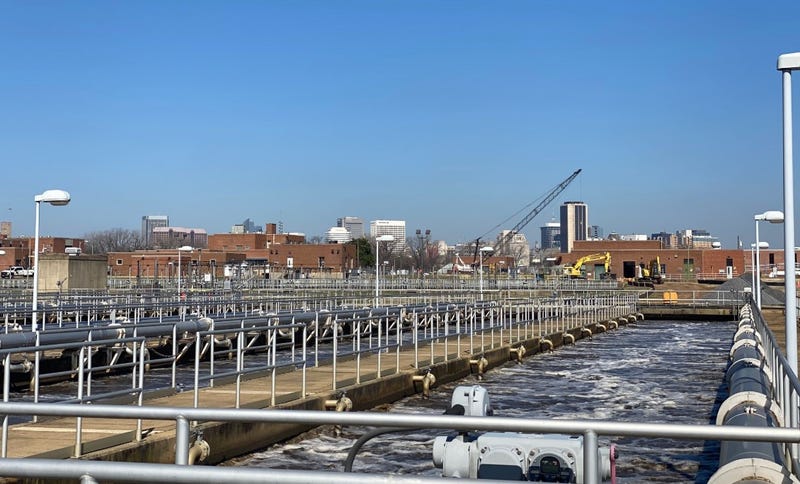
Richmond, Va. (Newsradiowrva.com) - Henrico County officials said Monday that they were not notified of a fluoride issue last Wednesday at Richmond’s water treatment plant until Sunday night.
An installation of a new pump at the water treatment plant led to increased fluoride levels during a five-hour time frame last week.
Testing Monday showed elevated fluoride levels where city water enters the county. The fluoride levels detected on Monday at the Hanover point of entry were 1.6 mg/L; the level at Henrico was 1.19 mg/L; the highest level at Chesterfield was 1.21 mg/L; the current levels of fluoride at the plant range from 0.4 mg/L to 0.7 mg/L.
The plan in Henrico is to flush the lines to reset the system.
Richmond Mayor Danny Avula expressed disappointment that the situation was not communicated to the counties or the state health department in a timely fashion, especially in the wake of the January water crisis.
“I’m disappointed with our failure to communicate. This incident damages the work we’re doing to rebuild trust, not only with the residents of Richmond, but our communities, and our regional partners, including Henrico, Chesterfield, and Hanover. We must do better,” Avula said.
City officials emphasized that there was never a point last Wednesday where fluoride levels made the water unsafe to drink. While long-term exposure to elevated levels of fluoride can be unsafe, this incident is considered an acute exposure.
“Henrico County is discouraged by the repeated operational failures and communications breakdowns associated with Richmond’s water treatment plant,” Henrico officials said.
Henrico and Hanover say they will continue to monitor fluoride levels to ensure the safety and well-being of residents.
